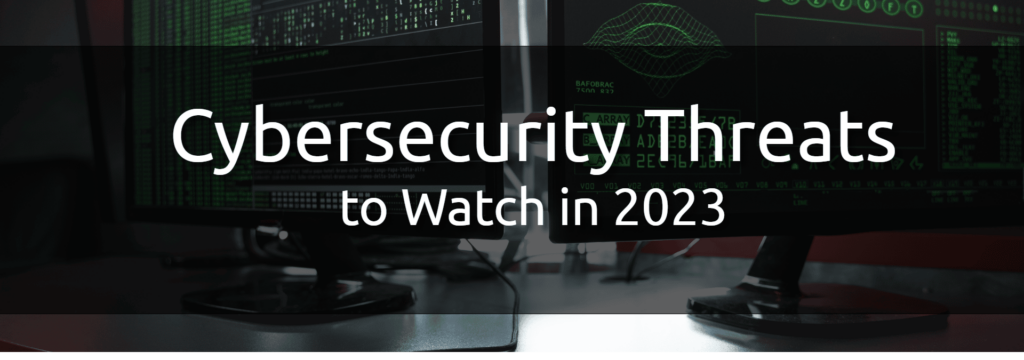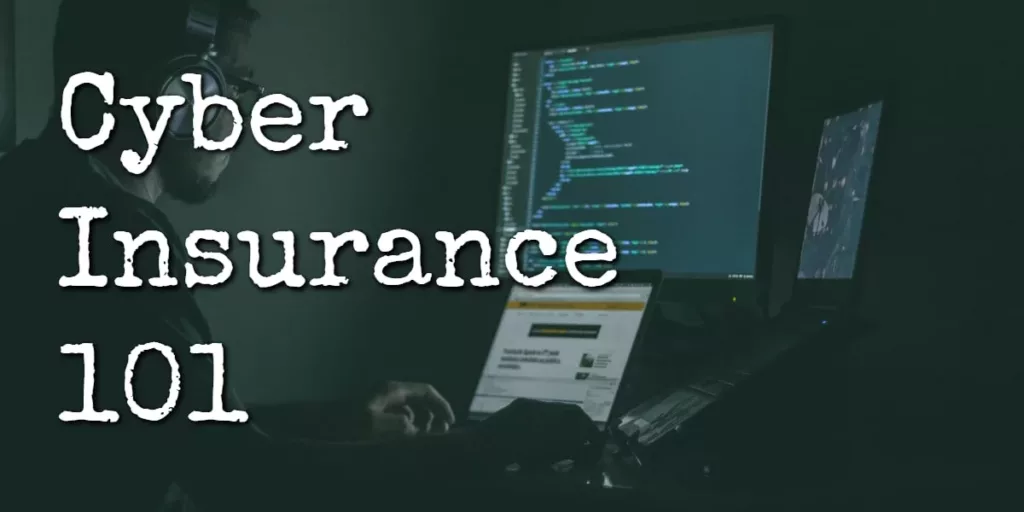In the world of cybersecurity, there is a villain that is often overlooked. It’s not the hackers in dark basements with their hoodies and laptops. It’s the ones who sit right at our desks, munching on their snacks and scrolling through their social media feed.
Yes, I’m talking about insider threats – the cyber security hazard that inhabits our workplaces, often unnoticed until it’s too late.
On This Page:
What is an Insider Threat?

Insider threats refer to the possibility of any damage done to a company’s systems, data, or information by an individual with access to the organization’s systems. These individuals may be current employees, former employees, contractors, or even business partners who have access to its networks or Information Technology systems.
Insider threats can be a significant problem for companies of all sizes. According to an IBM study, insider threats account for nearly 60% of all cyber attacks.
Types of Insider Threats
Insider threats can come in various shapes and sizes. A few examples include:
- The Innocent Bystander: This is the type of insider threat that doesn’t necessarily have any malicious intent, but their actions could still cause harm. They may inadvertently send documents to the wrong recipient or click a malicious link without realizing the implications of their actions.
- The Disgruntled Employee: This individual is upset with their employer and may seek revenge by leaking confidential information, deleting files, or disrupting the infrastructure. Disgruntled employees may feel that they have been unfairly treated, or they may be experiencing personal problems that are affecting their work performance.
- The Malicious Insider: The malicious insider threat is typically recruited by an outsider or group to gain access to the organization’s systems, steal data, or disrupt operations. This type of threat is often the most dangerous, as malicious insiders may have extensive knowledge of and authorized access to the organization’s systems, operations, and company data.
Common Characteristics of Insider Threats
There are signs that an employee, contractor, or vendor may pose a threat to your organization. These include:
- Accessing files or systems that they typically don’t need to access for their job function. This could indicate that the individual is attempting to gain access to sensitive information or systems.
- Attempting to access systems or files during non-business hours. This could indicate that the individual is attempting to avoid detection or is operating outside of normal business practices.
- Displaying abnormal levels of interest in your organization’s confidential data. This could indicate that the individual is planning to steal or leak sensitive information.
- Exhibiting changes in behavior or work patterns. This could indicate that the individual is experiencing personal problems or is being influenced by an outsider.
It is important for companies to be aware of these common characteristics and to have protocols in place to detect and prevent insider threats. This may include implementing access controls, monitoring employee behavior, and conducting regular security audits.
The Impact of Insider Threats on Organizations

Insider threats have become a major concern for organizations of all sizes and industries. While external threats such as cyberattacks and data breaches often make headlines, insider threats can be just as damaging, if not more so. In this article, we will explore the various ways in which insider threats can impact organizations.
Financial Consequences
Your organization could experience severe financial damages resulting from an insider security breach. The cost of remedying any damage done is often enormous. In fact, according to a report from Ponemon (PDF), “The cost of insider threats to US organizations rose by 31% between 2018 and 2020, from $8.76 million to $11.45 million per year for each company.”
These costs can come from a variety of sources. For example, you may need to hire outside experts to help investigate the data breach and clean up any damage. You may also need to invest in new security measures to prevent future incidents. Additionally, the loss of sensitive data or intellectual property can have a significant impact on your organization’s bottom line.
Reputational Damage
An insider breach can lead to negative publicity and put your organization’s reputation in jeopardy. This can lead to the loss of trust from clients, customers, and investors, which in turn could harm your bottom line.
Rebuilding a damaged reputation can be a long and difficult process. It may require significant investments in marketing and public relations efforts, as well as a renewed focus on transparency and accountability. In some cases, the damage may be irreparable, and your organization may need to consider rebranding or even shutting down.
Legal and Regulatory Implications
If sensitive or confidential information is leaked or otherwise compromised, your organization could face legal and regulatory repercussions. For example, you could face lawsuits or penalties for non-compliance with industry regulations.
These legal and regulatory implications can be costly and time-consuming. They can also damage your organization’s reputation even further, as they may be seen as evidence of negligence or incompetence.
In conclusion, insider threats can have a significant impact on organizations. From financial consequences to reputational damage and legal and regulatory implications, the fallout from an insider security breach can be severe. It is important for organizations to take proactive measures to prevent insider threats, such as implementing strong access controls and monitoring systems, as well as providing regular training and education to employees on the importance of security and data protection.
Identifying Insider Threats

Insider threats are a growing concern for organizations of all sizes. These threats can come from current or former employees, contractors, or business partners who have access to sensitive information. Identifying insider threats is crucial to prevent data breaches, financial loss, and reputational and intellectual property damage.
Warning Signs and Red Flags
To identify insider threats, it’s important to monitor for suspicious behavior and routines. Potential insider threat indicators include:
- An employee no longer showing interest in their work or coming up with excuses to miss work.
- Usage of USB drives, external hard drives, or other storage devices regularly.
- Workplace changes, such as a new financial challenge or a change in job responsibilities.
It’s important to note that these behaviors do not necessarily indicate malicious intent, but they could be potential warning signs that require further investigation.
Monitoring Employee Behavior
Monitoring employee activity through technology solutions or by assigning in-house security teams to help detect abnormalities is a more proactive approach to insider threat detection. This can include monitoring email and network activity, tracking access to sensitive information, and reviewing user behavior patterns over time.
However, it’s important to balance the need for monitoring with employee privacy concerns. Clear policies and guidelines should be established to ensure transparency and fairness in the monitoring process.
Assessing Vulnerabilities in Your Organization
Conducting regular assessments of your organization’s system and policies could help identify vulnerabilities. These assessments should include a review of physical and digital security measures, as well as an analysis of employee access and permissions.
Regularly training your employees on what to look out for and what to avoid is also necessary. This can include educating employees on phishing scams, social engineering tactics, and the importance of strong passwords.
By taking a proactive approach to insider threat detection and regularly assessing vulnerabilities, organizations can better protect themselves from potential breaches and other security incidents.
Prevention Strategies for Insider Threats

Insider threats are one of the most significant risks to an organization’s security. They can cause significant damage to the organization’s reputation, finances, and even put sensitive information at risk.
Therefore, it’s essential to develop and implement robust prevention strategies to mitigate the risks. Here are some additional prevention strategies to consider:
Developing a Comprehensive Security Policy
An excellent security policy helps set clear expectations for all members of the organization. It outlines the rules and guidelines for accessing data and information, using external storage devices, and bringing in outside equipment for work purposes. When developing the security policy, encourage interdepartmental cooperation and input to ensure cooperation, compliance, and effectiveness.
Moreover, the security policy should be reviewed and updated regularly to ensure that it remains relevant and effective. It should also be communicated to all employees, contractors, and third-party vendors who have access to the organization’s systems and data.
Employee Training and Awareness Programs
As part of a comprehensive security policy, it’s essential to train your employees on how to detect and respond to potential insider threats. Help your employees understand the risks and implications of sharing sensitive information and encourage them to report suspicious behavior to appropriate parties.
The training should be ongoing and cover a range of topics, including password management, social engineering, phishing, and other common tactics used by attackers. It should also include regular awareness campaigns to keep employees up to date with the latest threats and best practices.
Implementing Access Controls and Monitoring
Access controls should be implemented to ensure that employees have access only to the systems and data required for their job function. This can be achieved through role-based access control, where users are assigned specific roles and permissions based on their job function.
Additionally, continuously monitor employees’ access to files and systems to detect any insidious behavior. This can be done through the use of security information and event management (SIEM) tools, which can detect anomalous behavior and alert security teams to potential threats.
Regular Security Audits and Assessments
Performing regular security audits and assessments allows your organization to identify vulnerabilities and update existing security procedures. This could also include an incident response plan, which details steps to take in the event of a security breach.
Regular security audits can help identify weaknesses in the organization’s security posture, such as outdated software, unpatched systems, and weak passwords. It can also help identify potential insider threats and ensure that appropriate controls are in place to mitigate the risks.
Conclusion
Insider threats are a real and imminent danger for any organization. A comprehensive and multifaceted approach offers the best chance of preventing and minimizing risk, to protect your company systems, critical assets, trade secrets, customer data, and company data.
By developing robust security policies, training employees, and monitoring network activity, your organization can work to prevent and detect insider threats and reduce potential damage.



